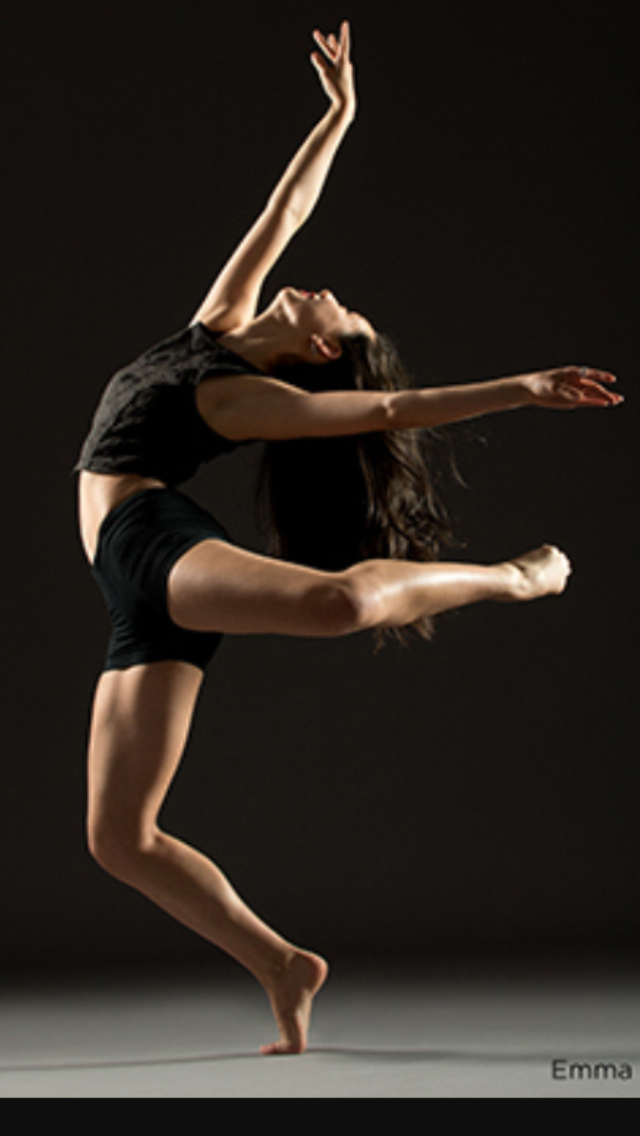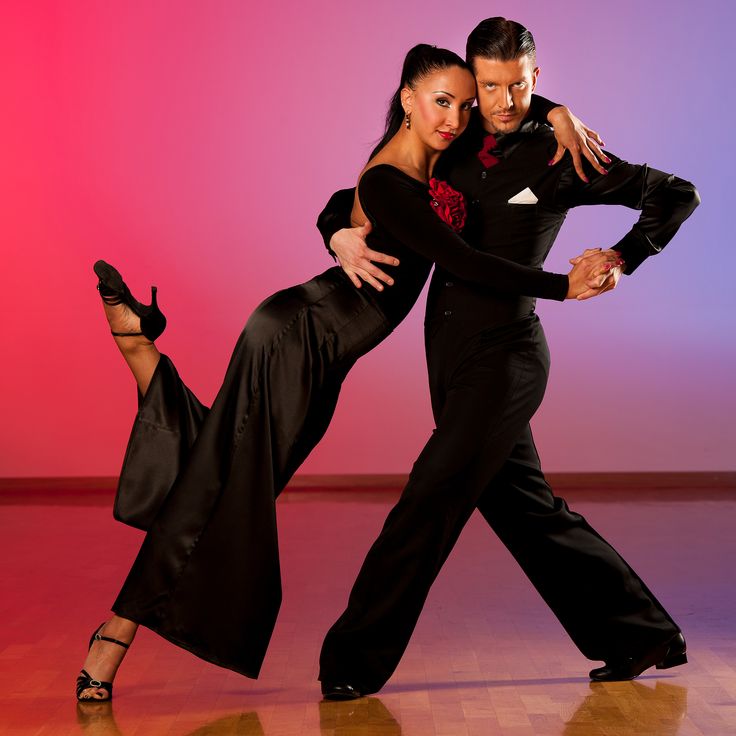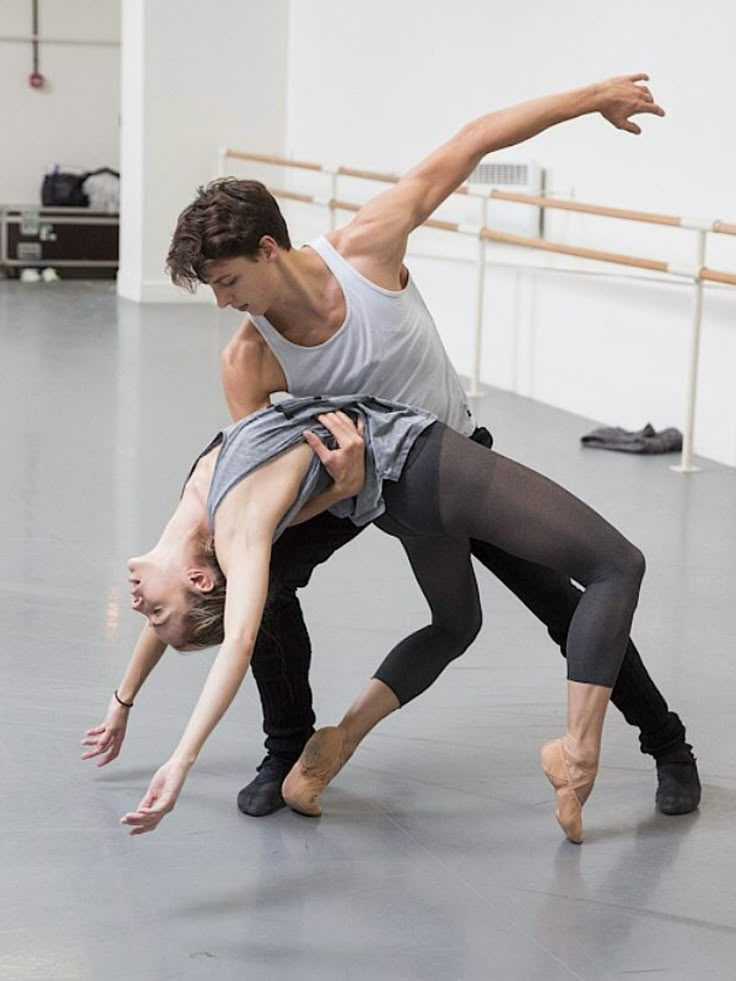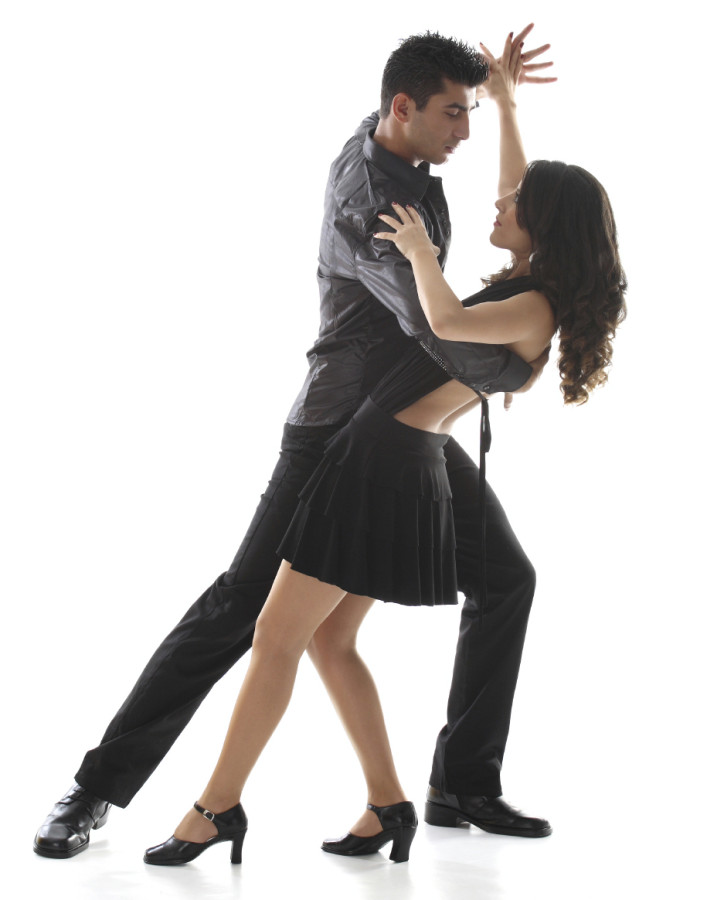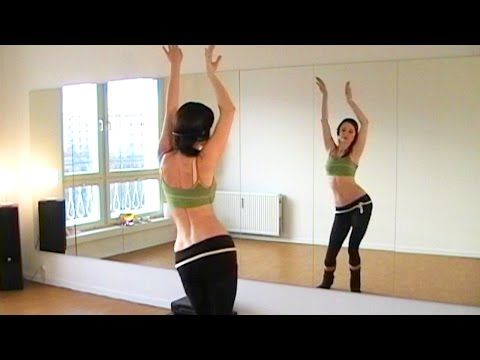How to learn contemporary dance at home
Contemporary Dance for Beginners: Dance Tips & Tricks
You’ve got a playlist packed with songs that fill you with feeling...
You’ve watched a million Contemporary dance performances on YouTube...
You’ve dreamed about expressing yourself to music and telling stories through movement...
But, you don’t know how to start learning Contemporary dance as a total beginner.
Don’t worry – we’re here to help!
Follow this guide to kickstart your Contemporary dance journey with all the right knowledge.
What is Contemporary Dance?Contemporary dance is all about self-expression, storytelling, and freedom.
It pulls from traditional dance styles like Ballet & Jazz, but breaks away from the strict techniques and movements that make those styles so recognizable.
When watching a Contemporary routine (or phrase), you’ll catch many of the moves executed in more traditional styles, in addition to acrobatics, martial arts, movements pulled from yoga, and plenty of experimental movements that reflect the feelings of the dancer.
Wondering if Contemporary dance is for you?
If you’re looking for a style that allows you to connect with yourself physically and artistically, you’ve come to the right place!
As you adopt the mindset of a Contemporary dancer, you’ll learn how to communicate your emotions by moving every inch of your body with nuance and intention.
You’ll also improve your ability to create clean lines and aesthetically pleasing shapes as you dance.
And if you’re more familiar with other styles like Hip Hop, Popping, or House, adding Contemporary to your repertoire will strengthen your musicality skills.
You’ll learn how to think outside of the box, create pictures you’ve never tried before, and engage muscles you never knew you had.
All that sound good to you?
Start learning Contemporary dance at home with STEEZY’s “Intro to Contemporary” program for beginners!
1.
 What to wear
What to wearSince Contemporary dance requires a wide range of motion, wear clothes that won’t restrict your movement.
Loose tops, pants, or shorts that are breezy enough to sweat in will work best.
You can dance in bare feet to feel fully connected to the floor, but wear socks if you intend to dance on rougher carpeted surfaces or do a lot of gliding around on the floor.
2. How to prep your dance space
If you’re taking a Contemporary dance class at home, clear 6ft by 6ft of space to dance in and get rid of any sharp edges nearby.
This will allow you to jump, turn, and move without bumping a shin on that pesky coffee table or tripping over an awkward rug.
3. How to prep your body
In order to move with both fluidity and power, Contemporary dancers need to develop a strong core and stable lower body.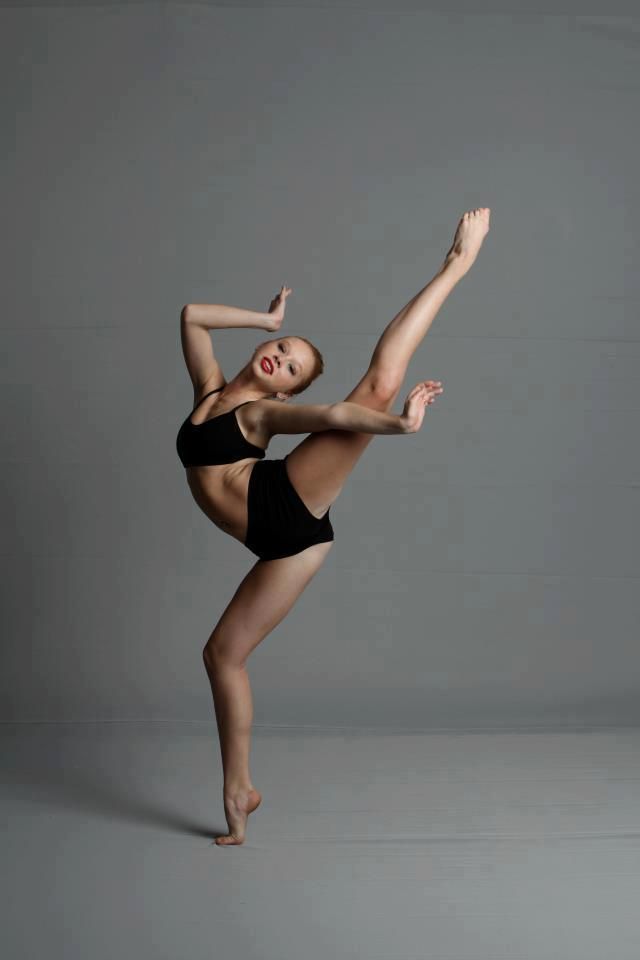
In addition to taking your regular dance classes, find 10-15 minutes each day to strengthen your back, abs, and legs.
Holding planks, doing crunches, and balancing on one foot for as long as you can (bonus if you stand on the balls of your feet), will help you get stronger!
You can also spend 10-15 minutes doing gentle yoga routines and stretching exercises to increase your flexibility and range of motion.
Lastly, on class days, don’t forget to warm your body up before dancing!
If your instructor does not include a warmup in their class, take 5-10 minutes to do light cardio and stretching beforehand.
Your first Contemporary classes should thoroughly cover basic techniques, encourage exploration, and help you start building your artistic foundation.
Look for classes that not only teach common moves like Chassés and Ball Changes, but also explain different ways to execute those moves to create different visual effects.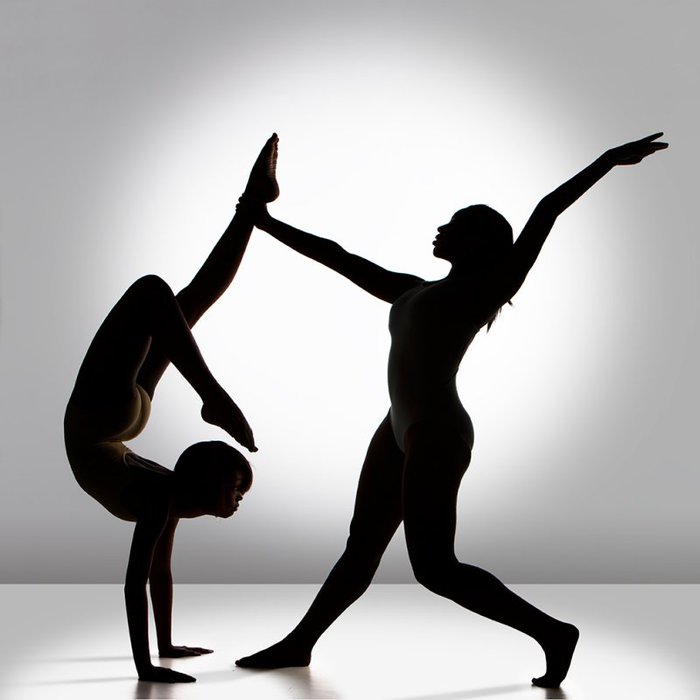
The same move can evoke a totally different emotion when it’s executed crazy quickly versus painfullyyyy sloowwwwlyyyy. (More on that later!)
If possible, chat with your potential instructors before signing up for their class, and ask about how they teach.
Skilled Contemporary instructors will help you explore how your body moves specifically, and push you to move in unexpected ways.
Expect the class to feel more interactive than a typical dance class where you’re quietly copying the instructor.
You might be asked a lot of questions to help you think through your intentions, and spend some time freestyling or improvising.
This is why we included an open-ended exercise on each day of STEEZY’s “Intro to Contemporary” program – the class experience should be immersive and personal, just like your actual dancing.
1. Build body awareness
Before you can start learning to dance with emotional intensity and grace, you have to understand how your body moves and build up the connection between your brain and muscles.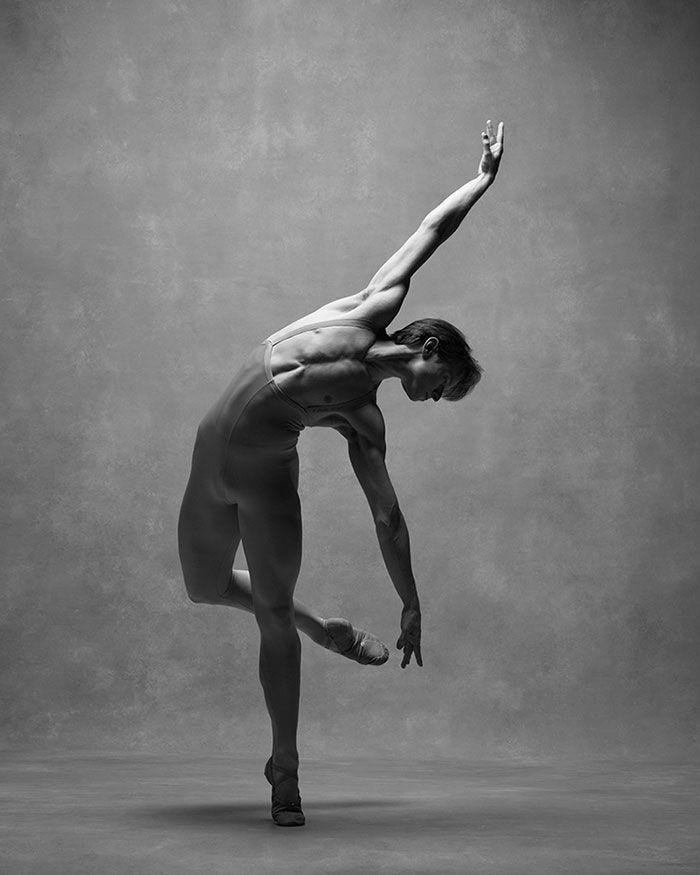
In addition to improving your flexibility, you can use stretch exercises to get in tune with your body.
For example, try slowly lowering your chest down to the floor and back up, moving one vertebrae at a time, to explore what it feels like to activate each back muscle.
For a more creative exercise, follow along with this body awareness video, where you’ll explore moving points on your body along an imaginary grid.
As you do these exercises, focus on only moving one body part at a time, while keeping the rest of your body completely still –– this will make it easier to build muscle memory!
2. Understand eye contact & chin lines
Contemporary dancers don’t just tell stories with their bodies –– they make full use of their faces too!
The direction in which you focus your eyes and chin as you dance will add emotional context to each move.
Look at the images below, and ask yourself, “what does this expression tell me?”
Notice how her expression goes from arrogant to flirtatious, with just subtle changes in her chin angle and eyes?
Practice different angles in the mirror yourself, and make use of those expressions when you dance.
3. Explore different movement qualities
There are several different schools of thought when it comes to defining how Contemporary dancers can move.
In STEEZY Studio’s “Intro to Contemporary” program, we use Laban effort qualities, because they’re straightforward and easy for beginners to understand.
Here’s a quick rundown of the Laban effort qualities:
Flow: Whether you move with a sense of freedom or resistance.
Time: Whether you move suddenly or slowly.
Weight: Whether your movements look heavy or light.
Space: Whether you move directly or indirectly from one place to another.
Mastering each quality of movement will expand your toolbelt as a Contemporary dancer.
4. Practice safe movements
You know how certain movements look/feel super complicated at first? (Lookin’ at you fancy floorwork)
You can avoid injuries and discomfort by carefully watching the pathways your instructor takes to get from one position to the next.
When moving to the floor, use your hands to help the rest of your body arrive.
When rolling on the ground, use the softest (🍑) parts of your body as your main point of contact, rather than your joints.
When jumping, land on the balls of your feet rather than flat-footed, so your body can absorb the shock of hitting the ground.
At any time, if something feels painful to execute, ask your instructor for safety tips or find an alternative move altogether.
5. Familiarize yourself with Ballet, Jazz, and other foundations
Since Contemporary draws from other styles, it won’t hurt to check out beginner Ballet classes or beginner Jazz dance classes as a supplement to your Contemporary training.
By learning basic moves from other styles, you’ll also understand more about how the Contemporary versions of those moves can differ.
A few essential moves that carry from style to style?
Ball ChangesPivot TurnsChassésPas de Bourrées3. Journal & improvise to hone your craft
When you perform a dance, it helps to recall a powerful memory that fits the choreography.
So, take the time to journal regularly, and put your own powerful experiences to paper, making them easier to recall.
If you’ve never journaled before, try looking at an emotions wheel, selecting a feeling, and writing about a time you experienced it yourself.
As you write, don’t spare any details. Think of what you wore, how the room/space smelled, how your body felt… everything.
All of that color and context will help you later!
You can also try putting on a song that gets you in your feels, and imagining a fantasy situation that fits the music.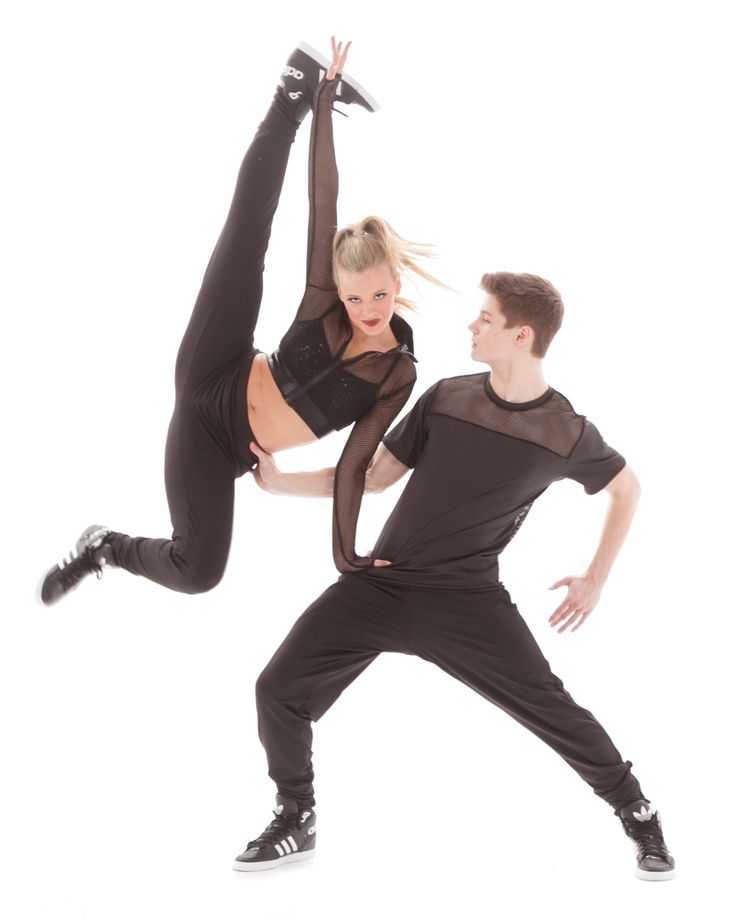
Then, improvise a dance where you’re the main character in that fantasy.
“Improv is a great way to explore how your body moves outside of structure, break habits, and discover new things.” – Karen Chuang, STEEZY Contemporary Instructor
--
We hope this article helped you feel comfortable and confident as you start your Contemporary dance journey!
Remember, your body already has an existing vocabulary of movements whether you’re trained in dance or not.
You know what it feels like to hug, punch, curl into a ball, reach for the top cabinet, collapse on the floor…
And Contemporary dance is just an exaggeration of those familiar movements set to music!
Everything you need already exists within you. Now, all you have to do is start.
Ready to get moving?
Sign up for a free trial of STEEZY Studio and begin our “Intro to Contemporary” program for FREE.
Here’s what you’ll learn:
Contemporary Dance Choreography I Tutorial Videos
Skip to contentGet 15 Dance Tutorials ($150 value), FREE!
Contemporary Dance ChoreographyLindsey Fadner
Instantly access ADTC contemporary dance choreography online for just $149.99! You’ll get 26 contemporary dance routines, complete with a walk-through tutorial of the contemporary dance choreography by each ADTC choreographer.
$149.99 – BUY NOW
Included Contemporary Dance Choreography Tutorials:
Online Contemporary Dance Classes
Instantly access our exclusive collection of 15 dance tutorials, all styles/levelsEach 1-hr class features a warm-up, technique + fresh choreography with our world-class dance teachers.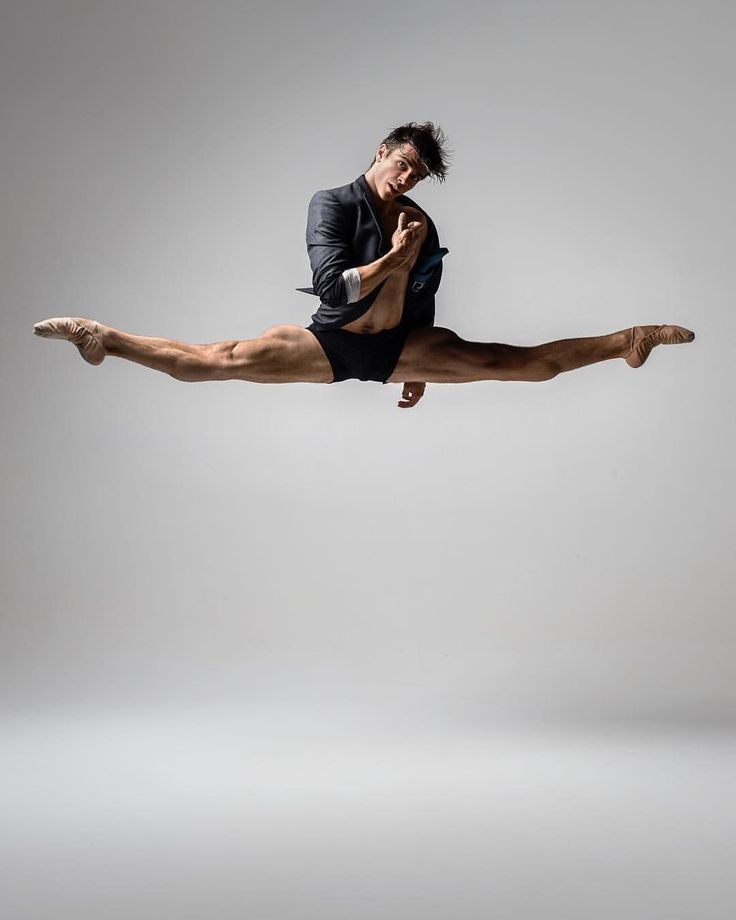
GET MY FREE CLASSES
Individual Contemporary Dance Choreography Pieces (w/ Tutorial)
Int/Adv Contemporary Dance Choreography
Adv/Beg Contemporary Dance Choreography
Int/Adv Contemporary Dance Choreography
Int/Adv Contemporary Dance Choreography
Adv/Beg Contemporary Dance Choreography
Adv/Beg Contemporary Dance Choreography
Int/Adv Contemporary Dance Choreography
Int/Adv Contemporary Dance Choreography
Bas/Beg Contemporary Dance Choreography
Purchase Contemporary Dance Choreography By Level
Contemporary Dance Choreographers
Corinne de Beer
Corinne is from South Africa. She is classically trained in ballet, jazz, hip hop, modern and contemporary, and also well-versed in African, African Gumboot Dancing, African Pantsula, Broadway, Disco, Fusion and Street Dance.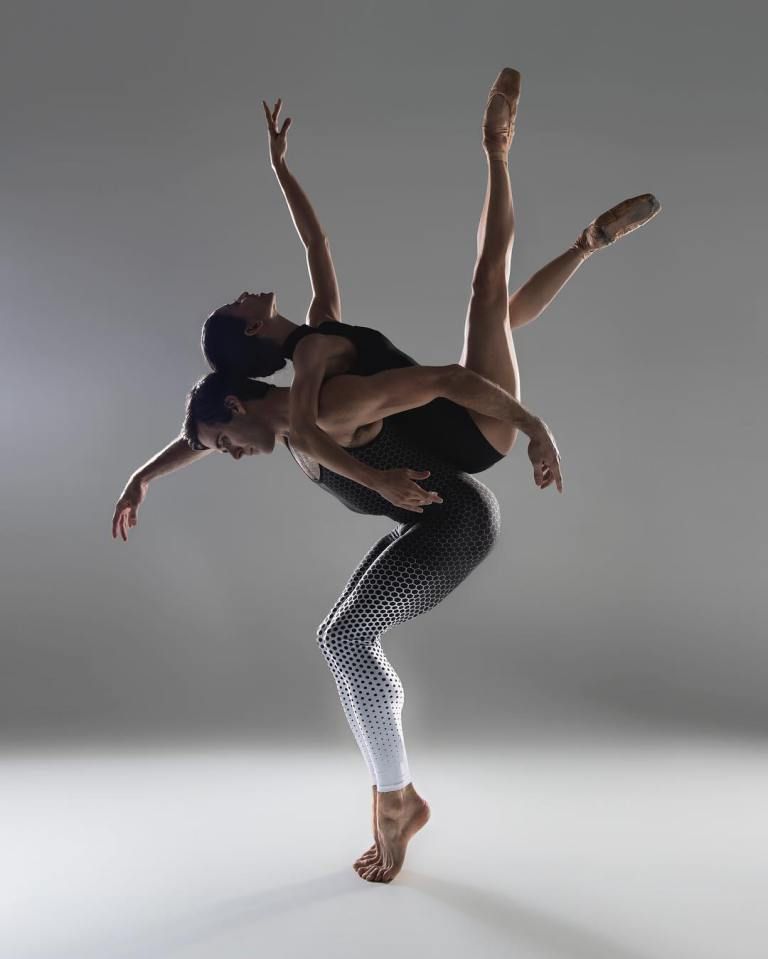 Corinne has choreographed for SYTYCD South Africa, as well as South Africa’s most watched TV show, “South African Idols.” She was recently a featured dancer in the movie Step Up 3.
Corinne has choreographed for SYTYCD South Africa, as well as South Africa’s most watched TV show, “South African Idols.” She was recently a featured dancer in the movie Step Up 3.
Jayme Wappel
Jayme is a proud North Carolina native. She began dancing at CC & Company in Raleigh, NC. She has a dance degree from Point Park University, and currently teaches master classes throughout NYC & the Tri-State area. Jayme’s professional credits include the National Tour of Finding Neverland! This is Jayme’s 8th year at ADTC & 3rd summer as Director in North Carolina & Wisconsin.
Angela Harriell
A graduate of Fredonia University, where she received The Graduate Scholarship for ballet, Angela has danced with Elisa Monte and David Brown dance, Randy James Danceworks, Brooklyn Ballet, Opera Francais De New York, The Box, and was a professor teaching ballet at Binghamton University. Angela has created and directed four original Off Broadway productions, and has choreographed multiple musicals, music videos and industrials.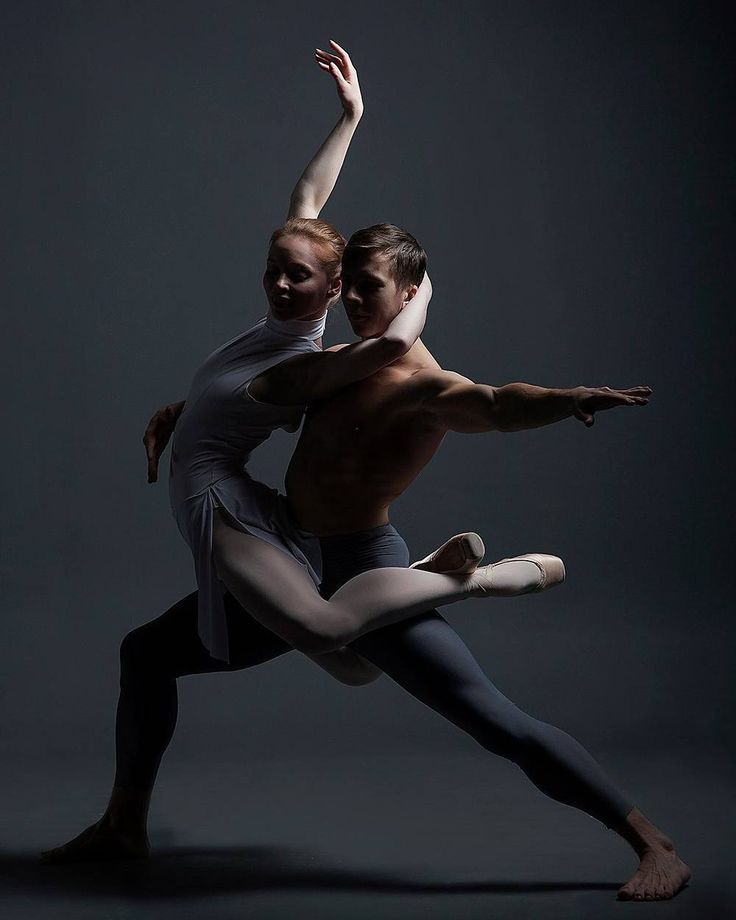 Recently, Angela set the choreography for one of the shows on Virgin Atlantic’s brand new ship, Virgin Voyages.
Recently, Angela set the choreography for one of the shows on Virgin Atlantic’s brand new ship, Virgin Voyages.
Ashley Peter
Ashley is originally from Lakeland, FL where she performed with the Orlando Ballet. She has also performed with the Cecchetti International Summer Dance School, Thodos Dance Chicago, the Imperial Symphony Orchestra, Florida Dance Theatre, and the Broadway Theatre Project. Ashley holds a BFA in Dance with a concentration in jazz and ballet from Point Park University. She currently lives in Brooklyn, NY and teaches for many studios in the NY area. Ashley has directed ADTC dance camps in Vermont & Maryland since 2017.
Alli Gallant
Alli grew up dancing in Ipswich, MA. After competing her whole life, she moved to New York City to participate in the Broadway Dance Center’s professional semester. She currently teaches 15 hours/week at a competitive studio in New Jersey. This is Alli’s fourteenth year associated with American Dance Training Camps (she attended our Stratton, Vermont camp for seven years as a camper before joining our staff).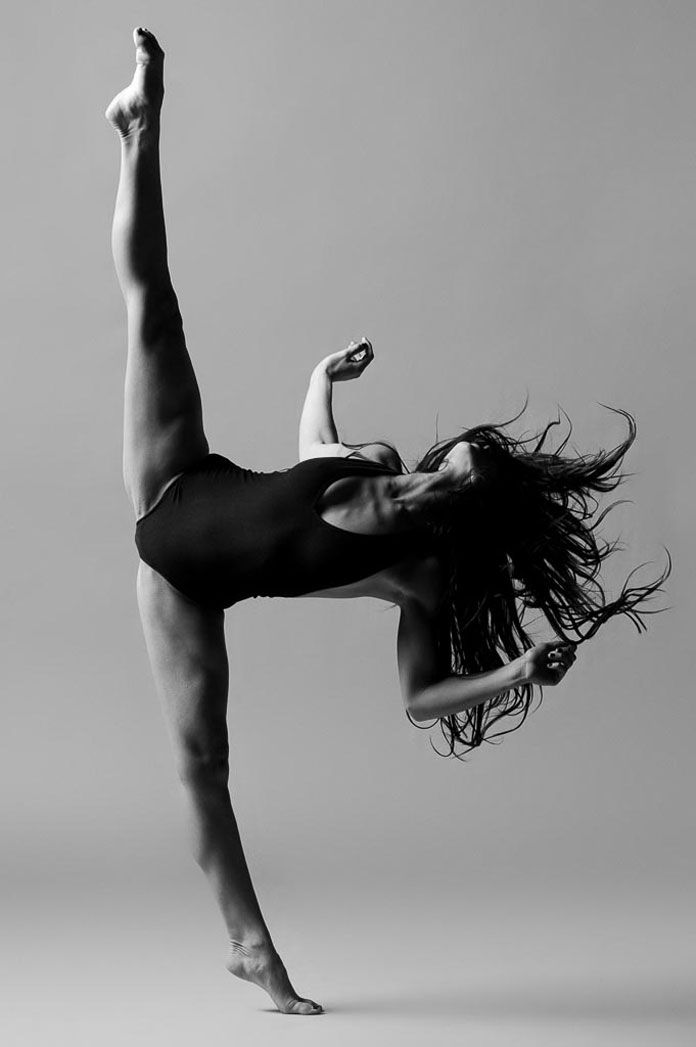 She’s currently Assistant Program Director in Vermont.
She’s currently Assistant Program Director in Vermont.
Ellen Mihalick
Ellen has been a Radio City Rockette for six years! As a Rockette, Ellen spends six hours a day, six days a week in rehearsals for the Spectacular. Ellen’s recent professional credits include the National Tour of An American in Paris. Ellen has directed & taught at ADTC dance camps in Texas, Colorado & Maryland for 4 years – she loves dance camp!
Contemporary Dance Choreography – Routines from ADTC Dance Camps
Let the dancing begin! Here is contemporary dance choreography (by level) performed at American Dance Training Camps’ overnight dance camps nationwide. Navigate between videos by clicking the playlist icon (top right – appears after you play the first video). Subscribe to our Free To Dance YouTube Channel for more contemporary dance choreography videos!
Playlist: Contemporary Dance Combos (Bas/Beg)
Watch this playlist on YouTube
Bas/Beg Contemporary Dance Choreography
Playlist: Contemporary Dance Combos (Adv/Beg)
Watch this playlist on YouTube
Adv/Beg Contemporary Dance Choreography
Playlist: Contemporary Dance Combos (Int/Adv)
Watch this playlist on YouTube
Int/Adv Contemporary Dance Choreography
Need More Contemporary Dance Choreography?
Whether you’re a dancer or teacher, we know it’s not easy to stay creatively inspired when it comes to dance routines.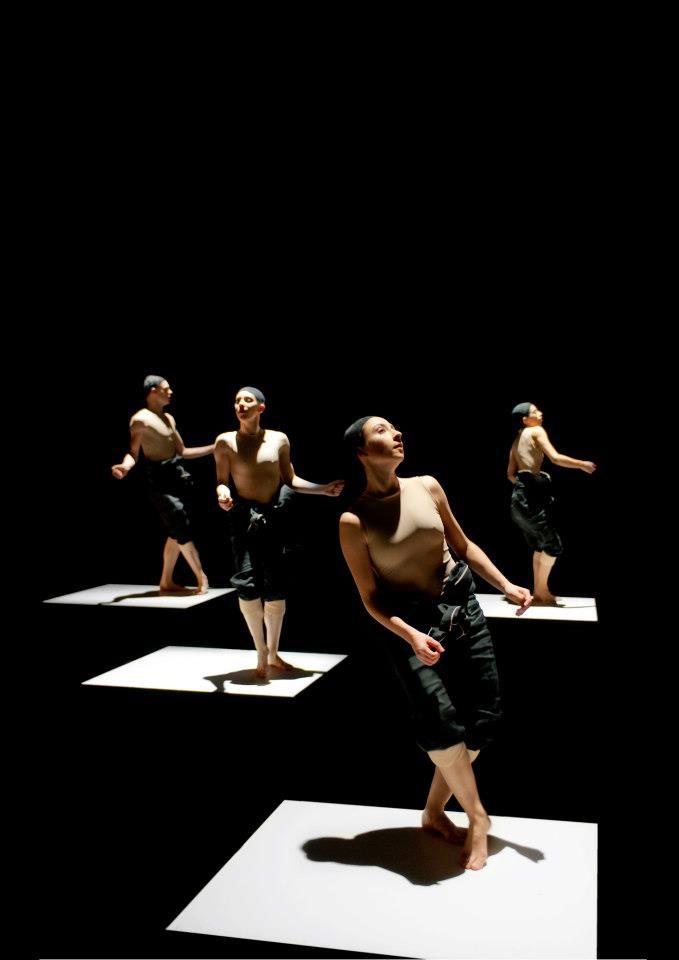 Our dance video library and amazing network of contemporary dance choreographers can keep you motivated & moving all year long!
Our dance video library and amazing network of contemporary dance choreographers can keep you motivated & moving all year long!
Custom Choreography
Purchase custom dance choreography from the ADTC Choreographer of your choice, delivered via private video. Get a dance routine you love, or your money back! MORE INFO >>
DanceADTC TV
World-class dance teachers & choreographers from ADTC’s camps come to your home! DanceADTC TV offers exclusive dance tutorials & courses to help you stay inspired & connected. MORE INFO >>
Private Online Classes
Grow as a dancer with 1-on-1 online private dance classes from home! Schedule sessions whenever you want, 7 days a week. Try a single class or save with a 5-Class Pack! MORE INFO >>
Just Some of Our Amazing Contemporary Dance Choreographers
Our top-notch contemporary dance choreography teachers offer the coolest combinations from some of the best national and international dance studios, schools and performance groups! They are MTV performers, Broadway dancers and contestants from your favorite dance TV shows.![]()
Jayme Wappel
New York, NY
Ballet, Broadway, Contemporary, Jazz, Lyrical, Tap
Ashley Peter
Brooklyn, NY
Ballet, Broadway, Contemporary, Hip Hop, Jazz, Lyrical, Tap
Ellen Mihalick
New York, NY
Ballet, Contemporary, Jazz, Lyrical, Tap
Resha Holmes
Chicago, IL
Ballet, Modern, Jazz, Hip Hop
Alli Gallant
New York, NY
Ballet, Contemporary, Hip Hop, Jazz, Lyrical
Eileen Boyle
New York, NY
Ballet, Contemporary, Hip Hop, Jazz, Lyrical
CJ Johnson
New York, NY
Ballet, Contemporary, Hip Hop, Jazz, Lyrical
Delight Moore
Atlanta, GA
Ballet, Contemporary, Hip Hop, Jazz, Lyrical
Kierstyn Sharrow
New York, NY
Ballet, Broadway, Contemporary, Jazz, Lyrical
Erica Messonnier
New York, NY
Ballet, Broadway, Contemporary, Jazz, Lyrical
Katelyn Martin
Los Angeles, CA
Ballet, Contemporary, Hip Hop, Jazz, Lyrical
Rachel Martens
Chicago, IL
Ballet, Broadway, Contemporary, Jazz, Lyrical, Tap
Brynne Loberger
Austin, TX
Ballet, Contemporary, Jazz, Lyrical, Modern, Hip Hop
Hayley Venner
Austin, TX
Hip Hop, Ballet, Contemporary, Jazz, Lyrical
Joule Valdez
Port Lavaca, TX
Hip Hop, Jazz, Contemporary, Acro
Carissa Bellando
Bondville, VT
Ballet, Broadway, Contemporary, Jazz, Lyrical, Tap
Corinne De Beer
Cape Town, South Africa
Ballet, Broadway, Contemporary, Hip Hop, Jazz, Lyrical
Ellen Henry
New York, NY
Ballet, Contemporary,Jazz, Lyrical
Kim McClay
New York, NY
Ballet, Broadway, Contemporary, Jazz, Lyrical, Tap
Tara Eagle
Galion, OH
Ballet, Contemporary, Jazz, Tap, Pointe, Hip Hop
Emma Randall
San Francisco, CA
Ballet, Contemporary, Hip Hop, Jazz, Lyrical
Kate Kenyon
Brooklyn, NY
Ballet, Contemporary, Jazz, Lyrical
Emilee Iuvara
Long Beach, CA
Ballet, Contemporary, Jazz, Lyrical, Hip Hop
Megan Kaye
Chicago, IL
Ballet, Contemporary, Jazz, Lyrical
Dani Vernon
New York, NY
Ballet, Broadway, Contemporary, Jazz, Lyrical, Tap
Rebecca Morris
New York, NY
Broadway, Contemporary, Jazz, Lyrical, Tap
Sakina Ibrahim
New York, NY
Ballet, Contemporary, Hip Hop, Jazz, Lyrical
Gaby Blaney
Grass Valley, CA
Ballet, Contemporary, Jazz, Lyrical
Shannon Grayson
Chicago, IL
Ballet, Contemporary, Hip Hop, Jazz, Lyrical
Leila Mahadin
New York, NY
Ballet, Contemporary, Jazz, Lyrical
Nicole Bryant
New York, NY
Ballet, Contemporary, Jazz, Lyrical
Michaela McGowan
New York, NY
Ballet, Contemporary, Jazz, Lyrical
Tracey Boon
Huntsville, AL
Ballet, Contemporary, Hip Hop, Jazz, Lyrical
Martine Quigley
Sydney, Australia
Ballet, Broadway, Contemporary, Hip Hop, Jazz, Lyrical, Tap
Mariya Pickett
Orlando, FL
Ballet, Contemporary, Jazz, Lyrical
Lindsey Stevens
Portland, ME
Ballet, Contemporary, Jazz, Lyrical
Lexie Childers
New York, NY
Ballet, Contemporary, Jazz, Lyrical
Kimberly Fitch
New York, NY
Ballet, Broadway, Contemporary,Hip Hop,Jazz, Lyrical, Tap
Lauren Blane
Chicago, IL
Ballet, Contemporary, Jazz, Lyrical
Kellie Johnston
Laguna Nigel, CA
Ballet, Contemporary, Hip Hop, Jazz, Lyrical
Kate Ashworth
Seattle, WA
Contemporary, Jazz, Lyrical
Jessica Chen
New York, NY
Contemporary, Jazz, Lyrical
Jamie Leneau
Laguna Nigel, CA
Ballet, Contemporary, Jazz, Lyrical
Heather Gaffin
Miami, FL
Ballet, Contemporary, Jazz, Lyrical
Felicia Stiles
San Francisco, CA
Contemporary, Jazz, Lyrical
Erin Weinberger
New York, NY
Ballet, Broadway, Contemporary, Jazz, Lyrical, Tap
Darcy Naganuma
New York, NY
Ballet, Contemporary, Hip Hop, Jazz, Lyrical
Ching Wong
Seattle, WA
Ballet, Contemporary, Hip Hop, Jazz, Lyrical
Charly Wenzel
New York, NY
Ballet, Contemporary, Hip Hop, Jazz, Lyrical, Tap
Cassia Cramer
Columbus, OH
Ballet, Contemporary, Jazz, Lyrical, Tap
Carl Lation
New York, NY
Ballet, Contemporary, Hip Hop, Jazz, Lyrical
Anthony Languren
Los Angeles, CA
Contemporary, Jazz, Lyrical
Angela Harriell
New York, NY
Ballet, Contemporary, Jazz, Lyrical
Amy Allen
Irvine, CA
Ballet, Broadway, Contemporary, Jazz, Lyrical, Tap
Amanda Myers
Chicago, IL
Ballet, Contemporary, Jazz, Lyrical
Allison Slavin
New York, NY
Ballet, Contemporary, Hip Hop, Jazz, Lyrical
Aleks Wojda
Los Angeles, CA
Ballet, Contemporary, Jazz, Lyrical
Aimee Russon
Chicago, IL
Ballet, Contemporary, Jazz, Lyrical
LET’S DANCE!
Get over $150 worth of dance tutorial videos, absolutely free.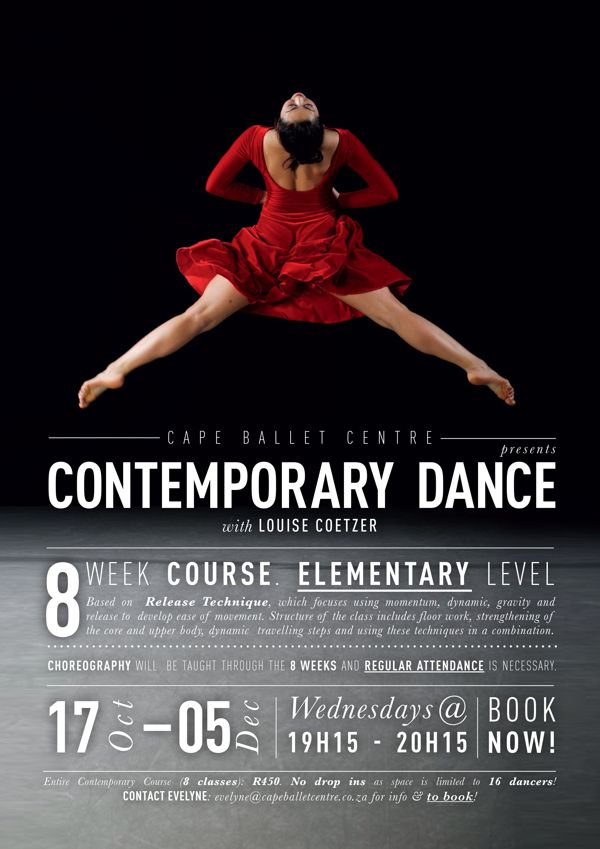
Instantly access our exclusive collection of 15+ tutorials, all styles/levels!
GET MY FREE CLASSES
Page load link 90,000 12 life hacks, to quickly learn how to dance from Mamita DanceDances
Author: Pavel Gather
Psychologist, Lecturer Salsa and Tango
Dances
Author: Pavel Pavel
Psychologist, Lecturer Salsa
on At the start, you always want to get a quick result. When it doesn't happen, the hypothesis arises that everything takes time. After a conditionally acceptable time, humility comes to mastering pair dances, which, perhaps, is not given, and I will just do what I learned somehow.
This is the most common story of those who believe that the mere act of attending a pair dance class is enough to learn how to dance.
Absolutely not. If you want to really dance well, you have to make an effort outside of the dance class. A good teacher will definitely be needed, but the initiative should be on your side.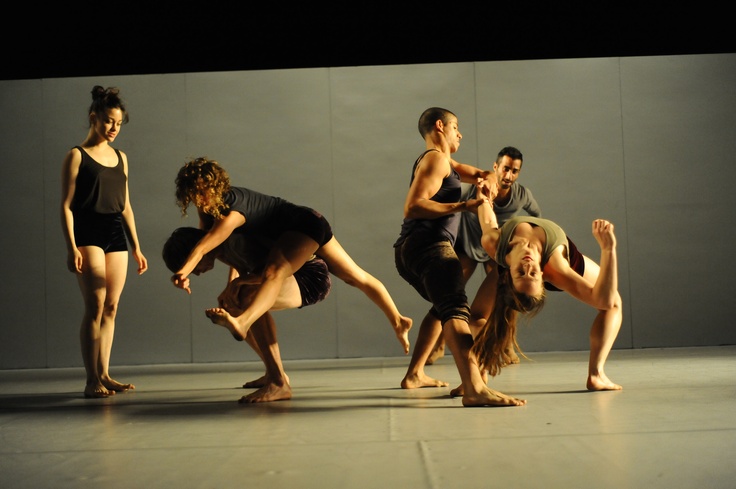
1. Listen to music
The most common and accessible advice that is given already in the first lessons. And it definitely works. Music creates a certain atmosphere of the dance and intuitively you want to move to it. It doesn't matter where you listen to music - in the car, on headphones while walking or doing household chores.
An addition that will help you dance better is your active participation in the music. Sing along, dance or simply beat musical accents with any free parts of the body. In the subway, for example, it is enough to tap out bright moments with your fingers, in the car to sing along with sounds, and at home you can jump for pleasure.
2. Watch videos of good dancers
It's complicated, but also obvious. It’s more difficult, because without recommendations from more experienced dancers, unfortunately, it’s not so easy to find a good quality video on the net (I mean not the resolution quality, but the content itself).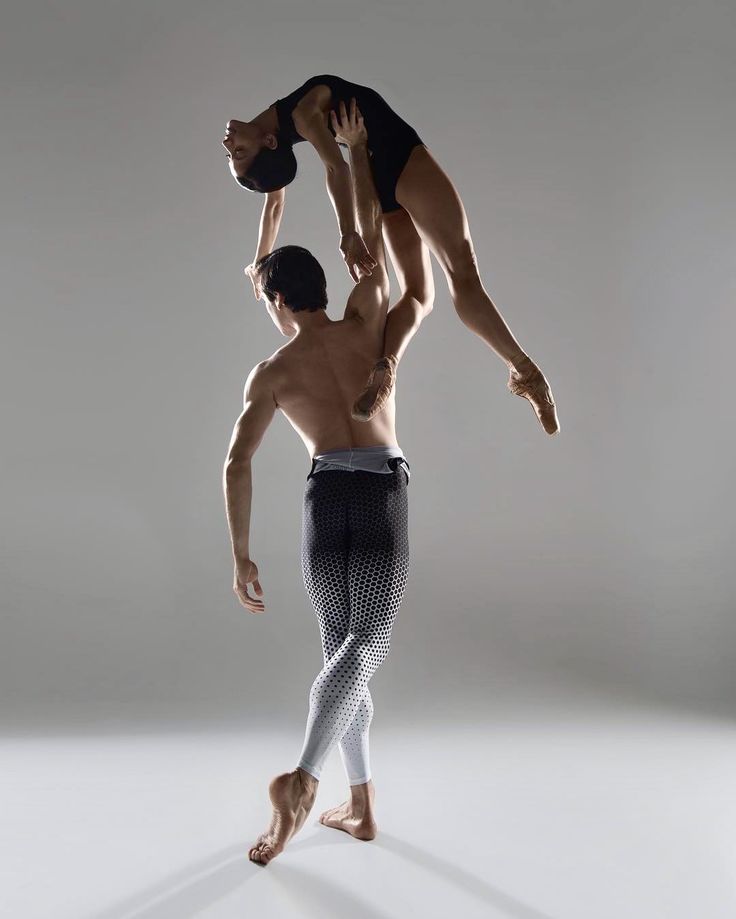
Meaningful video viewing is about building an understanding of HOW dancers make a particular impression on a partner or viewer. Technology is at the heart of everything. Understanding how the pros do it is a big step forward.
It is important to distinguish a show from a disco dance, a staged performance from an improvisation, a stylized dance from an authentic one, etc. Ask for recommendations and dance teachers will always throw off a couple of videos of worthy landmarks.
Tango Z. Showreel.
Online modern tango courses
Tango nuevo is the most advanced version of tango. We can quickly learn to dance from zero to a steep level.
| View details |
3. Dance in salsatecas/milongas/discotheques
A very delicate moment when it is worth coming to the first party. From a technical point of view, most students in 1-3 months have a sufficient set of figures and techniques to come and dance calmly.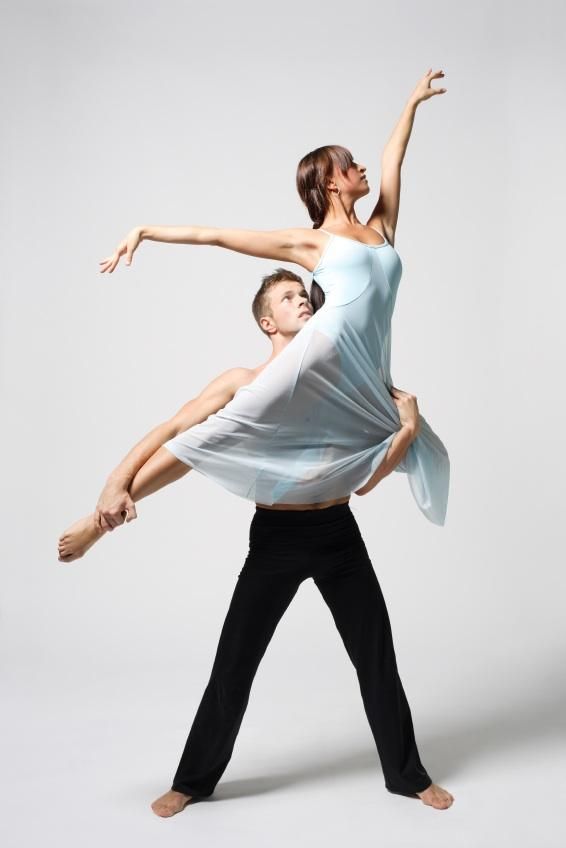 Psychologically, the same moment can be stretched out for an indefinite time. After all, it is imperative to “not lose face”, “learn more figures” and be sure what to do in case “there is an unfamiliar movement”.
Psychologically, the same moment can be stretched out for an indefinite time. After all, it is imperative to “not lose face”, “learn more figures” and be sure what to do in case “there is an unfamiliar movement”.
In fact, the partygoers don't really care (except for a small layer of non-professional teachers who want to help inexperienced dancers by treating them as customers in the future). It is important to come and try dancing after a month of classes. You can only with friends or guys from your group. This will be enough to feel the adrenaline and inspiration from the dance.
4. Dance with partners or partners not of your level
The conventional wisdom that you need to practice in groups of your level does not withstand the test of experience. Perhaps now your eyes widened in surprise, and you want to meaningfully read the phrase again. Yes, you saw everything correctly: when you dance with a partner of your level, you don’t grow anywhere.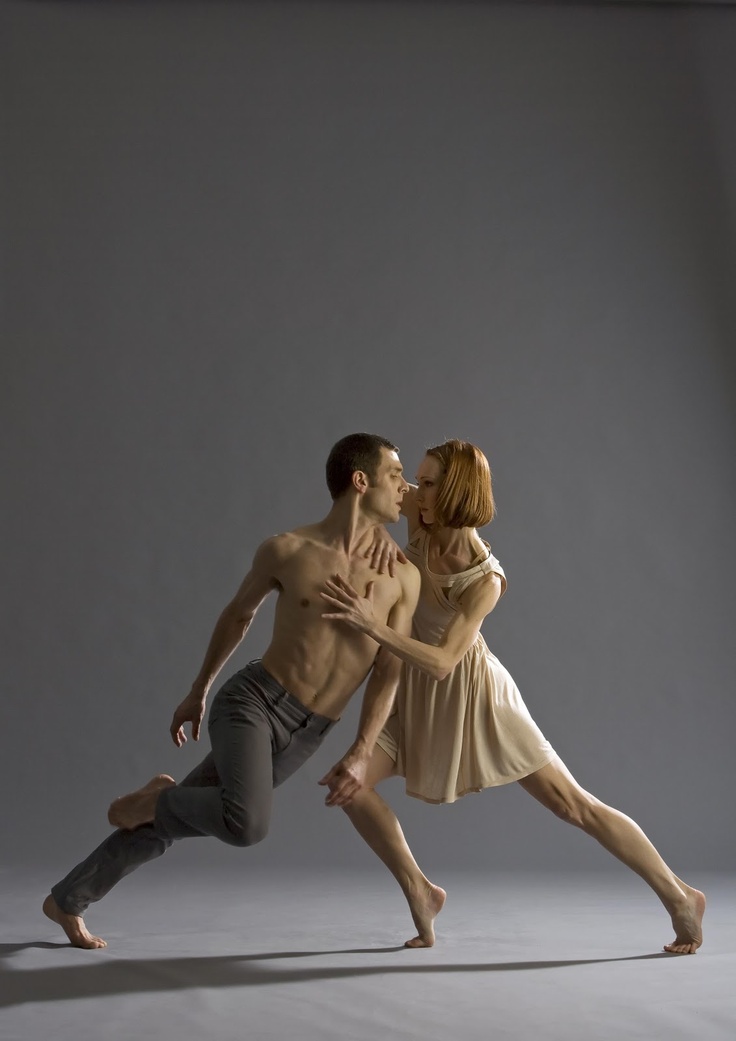
It's important to understand that not only does it work one way and you have to dance with cooler dancers, but it works even more effectively the other way. It is no coincidence that teaching pair dances dramatically raises the level of the teacher himself. You have an endless stream of very beginner dancers.
How it works. A more experienced partner needs to be "stretched". It's easy and obvious. With beginners, you need to take more initiative on yourself, see the general pattern of the dance more widely, turn on and insure more, try to be an example and be more careful. The quality of interaction begins to grow significantly. And wonderful partners too.
Dancing with partners of your level doesn't make you grow. Dance with both beginners and more advanced dancers
Dominican Bachata Women's Style Online Course
Want to learn how to hypnotize those around you with the most appetizing part of your body? On the course we will tell you all the secrets.
| Interesting |
5. Learn to dance for a partner and for a partner
Turks and Argentines are one of the best partners in the world. In Russia, partners are highly valued. Why? The answer is simple. In Argentina and Turkey, it is not questionable for men to ask another man to lead in one piece or another and give feedback on the quality of the lead. For them, it will be a great shame to hear moralizing from a partner, or even more so to be known in the community as an insecure partner.
In Russia, due to the constant, often far-fetched, opinion that there are more women in pair dances, partners calmly get up and study their partner's part. Such partners then grow into very cool dancers and teachers. In no case do this at parties, only in class. Here we are talking only about the learning strategy. At parties, be yourself.
6. Do not memorize the links
Always try to look deeper and understand the through principle and idea of movement. Understanding what and how is done will make it possible to independently generate any sequences and chips.
Human memory is limited and there will always be a moment when something will escape and your repertoire will be limited by the size of RAM.
In Argentine tango, for example, there are seven levels of movement construction that, when mastered, will allow you to make millions of combinations. And how many dance sequences can you really remember? In rueda, more than 150 figures dance in a rare circle. It's hard to keep more in mind.
7. Develop your body
Many years of experience in teaching couple dance shows that as soon as everyone pairs up in a class, any progress in individual style ends. But it is the individual style that distinguishes everyone at the disco: partners change, and style is always with you.
The body as the main instrument of dance must be very plastic, responsive and emotional. Surprisingly, not all pair dance schools have a general physical warm-up.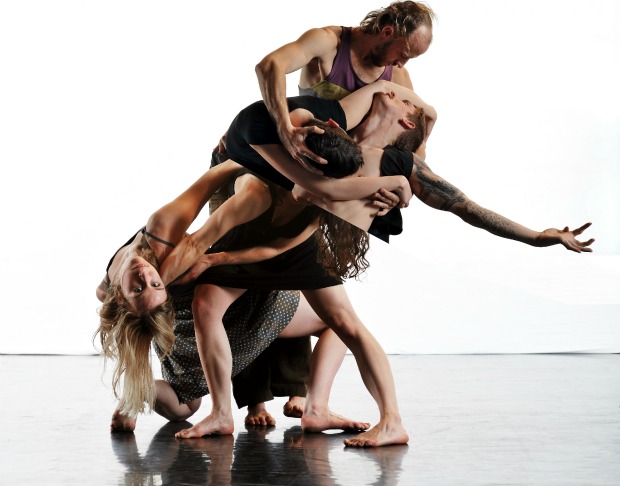 It is vital to tune the body and understand how it works.
It is vital to tune the body and understand how it works.
You can always train extra and concentrate more on the basic steps, as their true value is as body work. The sequence of steps is, in fact, the simplest thing that can be in pair dancing. The quality of individual performance determines the craftsmanship.
8. Try on the images of inspiring dancers
A psychological life hack for those who have already mastered the steps, but still feel that there is not enough brightness and drive. Most are terribly afraid of being someone else's "clone". Here the action is the same as under the influence of hypnosis - the more you resist, the more you plunge into an altered state of consciousness.
With a high degree of probability, you are already dancing like someone else's "clone". A meaningful fitting of someone else's image is that you mentally take the image of the one who inspires you (inspiration is critical in this case) and "put on" yourself.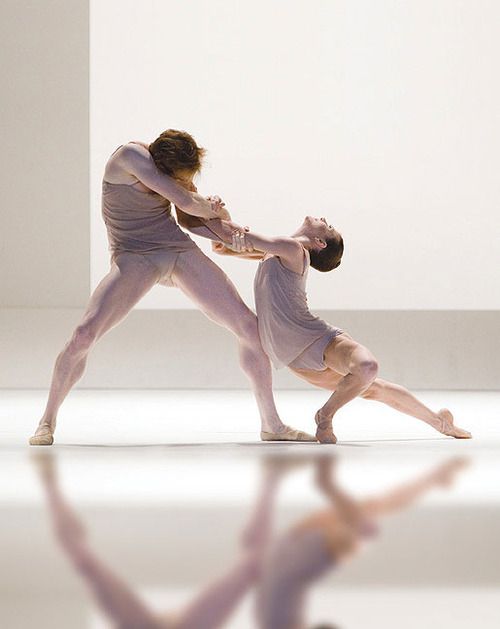 Then you start dancing and trying to feel in general how it is to be able, for example, to be the best partner or the sexiest partner in a disco. This is much more difficult than it seems. But it works extremely efficiently.
Then you start dancing and trying to feel in general how it is to be able, for example, to be the best partner or the sexiest partner in a disco. This is much more difficult than it seems. But it works extremely efficiently.
9. Dance to offbeat music
Habitual rhythms keep you tight. Tango salon or speedy timba leave little room for experimentation and fantasy. Pattern dancing is always noticeable and is reserved for beginners.
The truly new is born outside of the usual. Look for places to experiment. If there is no place, organize self-training. The main thing is not to get carried away, because music determines the style. We bring something new to pair dances, rather than trying to change them.
Search, improvise, don't be afraid to go beyond, develop in different directions, be inspired by music atypical for the style
10. Try your hand at basic dance directions
dances exist according to their own non-choreographic laws.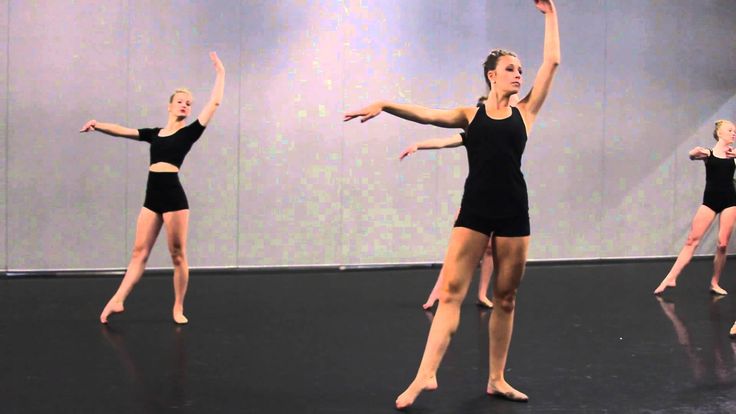
This is the deepest delusion, which has turned into a ceiling for the qualitative development of partner dances. After all, all professional dancers, for example, in salsa or bachata, build their ideas on the basic choreographic principles.
Do not think that choreography is only applicable on stage. Any meaningful movement of the body can be choreographic. In general, try classical or modern choreography. Basically, hip-hop can work too.
11. Look for battle sensations
Pair dances return us to an active position of manifestation of our body. As in the days of our ancient ancestors, we impress the members of the opposite sex by how dexterous, hardy, sexy, etc. we are. Modern laws of the jungle in the entourage of big cities.
If you look around the dance floor, it becomes clear that the majority are clearly herbivores (not in the sense of vegetarians, but in relation to those around them).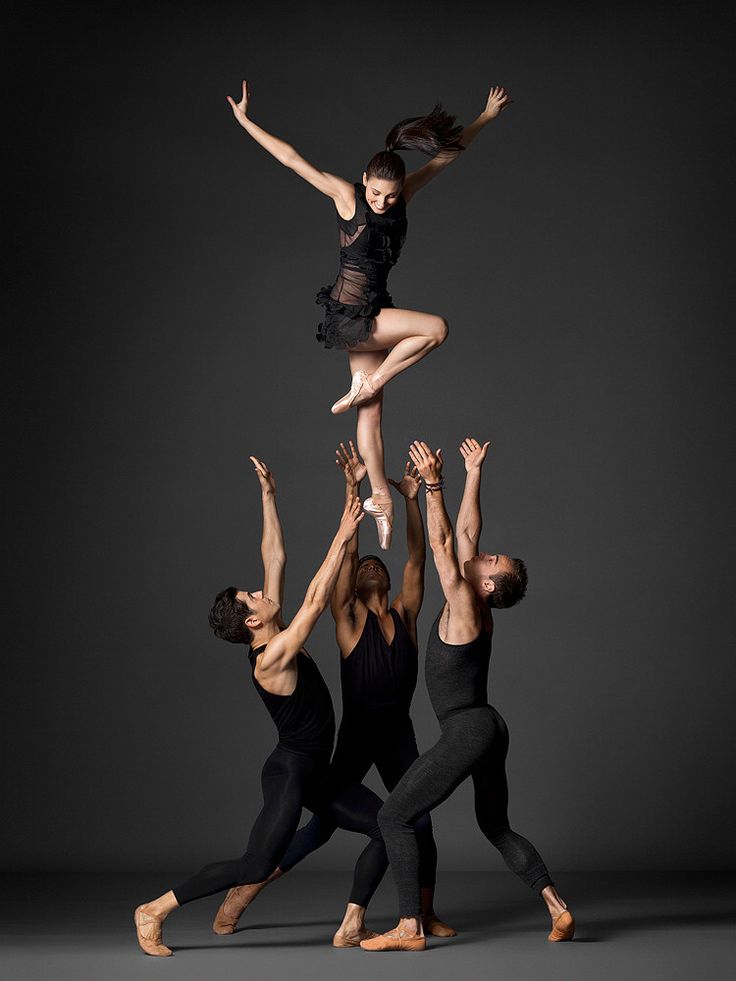 I am sure that predators are always more interesting in terms of the attractiveness of the image - try to find a counterbalance among herbivores, for example, a cat woman or a lion man.
I am sure that predators are always more interesting in terms of the attractiveness of the image - try to find a counterbalance among herbivores, for example, a cat woman or a lion man.
The conversation is about an internal position, not about aggressiveness. Lability and lack of control are inherent in adolescents, and not in adult self-sufficient people.
Accordingly, even a training or friendly battle gives, on the one hand, practical skills - to make a bright sequence of movements, bring an idea to a climax, show a spectacular feature, on the other hand, develops the psychological basis of the dance - self-confidence, resistance to extraneous attention, self-control and self-control in complex elements.
12. Communicate with professionals
The environment shapes the internal position. Basically, real passionaries of the dance community are ready to openly talk, discuss and support the development of dance in every possible way. Universal principles and the ideas they articulate have a much longer and more practical perspective than meets the eye.
Universal principles and the ideas they articulate have a much longer and more practical perspective than meets the eye.
Accept that, for example, behind the words "listen to your partner" is not only a beautiful metaphor, but also a practical skill to literally listen to your partner. At the same time, always treat every thought, even the most respected teacher, as a private opinion.
Your skill will lie in finding the scope of the idea even in conflicting opinions. Most often, the contradiction is speculative and the truth lies in the angle of perception or situationality.
Your dancing growth will stop sooner or later. This can happen at the level of three basic steps or years of experience in teaching and show performances. Regardless of your level, the suggested 12 life hacks can get you off the ground and greatly accelerate your dance growth. There is no way here without your motivation and activity. Take your dance development into your own hands. 9Ol000 Dangerous sexuality
Salsa: destroyers of stereotypes
Couple dancing as a source of strength.
Self-destruction of the couple dance community
The Salsa series as a mirror of the community
Mamita Fridays: salsa, bachata
Destroying the myths about leading pair dances
Does dancing make us better?
The seven deadly sins of teachers
Why we will never dance bachata like the Dominicans
Why tango?
Dispute over musicality
Selection of dances according to alcohol preferences
Where to find inspiration for dancing?
Terrible tango nuevo
Distribution of roles in a salsa party
Argentinean tango through the eyes of a salsa dancer
Is there a predisposition to dancing?
Which is more effective: individual or group lessons?
Sexual overtones in partner dancing
How to learn to dance: video tutorials for those who are not afraid to try
January 28, 2017LikbezSports and Fitness
If you decide to learn how to dance, do not delay. Just repeat after the instructors the basic movements of modern, street, ballroom and social dances.
Just repeat after the instructors the basic movements of modern, street, ballroom and social dances.
Iya Zorina
Author of Lifehacker, athlete, CCM
Share
0Answers to the main questions
Is it difficult to learn to dance?
It's really no more difficult than anything else you're new to. Dance directions are very different from each other. Even if you have mastered one of them, it will be unusual for you to do the other.
However, all dances are connected with the ability to control one's body. And if this is not new to you (for example, you were engaged in martial arts, gymnastics, swimming, and even more so dancing), it will be easier for you to adapt to new movements than a beginner who is not friendly with his body.
Even if you have a fairly wooden body, don't despair. The secret of success is constant practice.
Learning to dance from video lessons is more difficult than from courses. If your body is flexible and obedient, you can still do something similar to the movements of the instructor from the video. If not, you can quickly become disillusioned with dancing: the difference between what is shown in the video and what you will see in the mirror will be too strong.
If your body is flexible and obedient, you can still do something similar to the movements of the instructor from the video. If not, you can quickly become disillusioned with dancing: the difference between what is shown in the video and what you will see in the mirror will be too strong.
Still worth a try. At least in order to determine the appropriate direction.
How many times a week do you dance?
Muscles may initially ache after exercise. But, unlike strength training or running, the body does not require a recovery period.
Therefore, you can safely practice dancing all the time. One of my teachers said to dance 25 hours a day. In any case, the more you dance, the more noticeable the progress.
How to learn to dance modern dances
From this direction we have chosen three types that can often be found in the schedules of fitness clubs and dance schools. And the first - plastic and insanely beautiful contemporary.
Contemporary
Abel M/Flickr.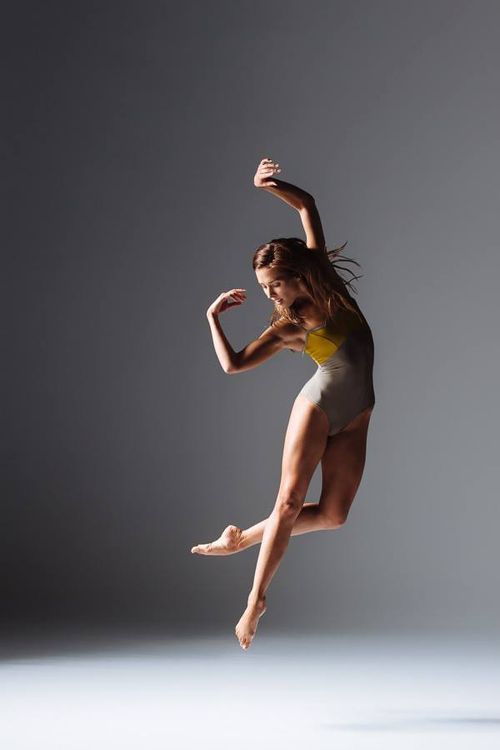 com
com Contemporary combines elements of modern jazz, yoga and martial arts, seasoned with improvisation and attention to breathing. This is freedom and plasticity - the natural beauty of movement.
Here is a clip with a contemporary combination. Give it a try, just be sure to warm up and stretch well before you teach.
And here is the second part:
By the way, about the warm-up. In the video below - a full lesson with a warm-up, stretching and analysis of the combination. In English, but everything is clear and without translation.
If you don’t have time to repeat or consider how some movement is done, set the speed to 0.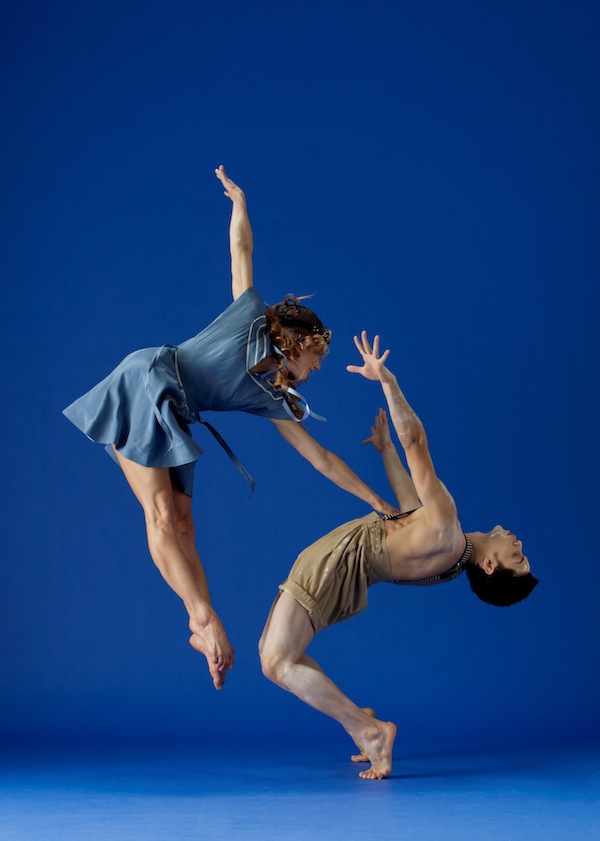 25.
25.
If you like combinations but can't repeat them yet, here are some more videos of routine contemporary lessons.
You will most likely have to do the same in the dance school before you can perform beautiful combinations.
Strip plastic
imperiamarket.byMany people confuse pole exercises and strip plastic. The second is just a sensual dance that can be performed without a pole.
When doing strip plastic, you will not stand at the barre and pull your toe. Everything here is based on the natural sexuality of the female body. Of course, many teachers diversify strip plastic with elements of contemporary or modern, Latin American dances and other areas, but it all depends on the teacher.
How beautiful your dance will look again depends on how well you can control your body, how mobile your joints are and how stretched your muscles and tendons are.
In the video below there is an analysis of the combination. Not too simple, but very sensual and beautiful. And you don't have to move on the floor, so your knees don't get hurt.
And here is a playlist with strip plastic lessons from different dance schools. There are both individual movements and combinations.
And one more, simpler combination. Try it if the first one doesn't work.
Belly dance (bellydance)
júbilo haku/Flickr.com This is a sensual and beautiful dance, which, among other things, helps to develop plasticity and even get rid of some health problems.
There are a lot of belly dance lessons on YouTube. Below are some of them.
The basic movements are explained very clearly here:
And the second part:
Below is a playlist with five lessons for beginners from another teacher.
How to learn to dance street dance
Hip-hop
pinterest.comHip-hop has only been around for about 50 years. But during this time, many trends and styles have appeared, with different elements, plasticity, and special features.
In addition, modern hip-hop is often complemented by movements from other dance styles, which provides even richer vocabulary and original combinations.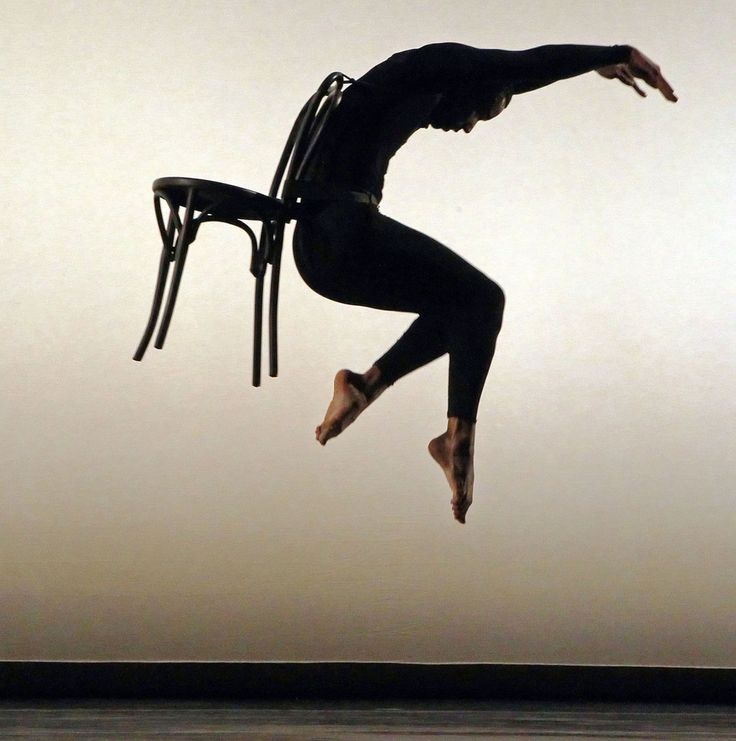
But before you come up with your own combinations, you need to master the basics. In the playlist below you will find basic moves, steps and many combinations. They explain everything in an accessible way. If you can't make it, slow down the video speed.
The videos in the next big playlist explain the concepts of inertia, manipulation and isolation in hip-hop. There's also a story about improvisation, battle behavior if you're up for it, and a few variations of ground hip-hop moves (on the floor) to diversify your combinations.
Breakdancing
Colonne/Flickr.com Breakdancing consists of different elements: tricks and power movements on the floor, waves, fixations, as well as changing the levels at which the dance is performed.
Here on this channel there is training in different styles: Waving, King Tut, Robot, - an analysis of the technique of power elements and basic movements at different levels.
Below is a video detailing the 6 steps element from Footwork.
And here you can see how the "turtle" is performed.
Here is a voluminous playlist in which there are quite a lot of breakdance elements with a detailed analysis of the technique of dance and strength elements.
Twerk
Lauren Wood/Flickr.com Sexy dance in which you need to actively work the buttocks, hips, stomach and arms.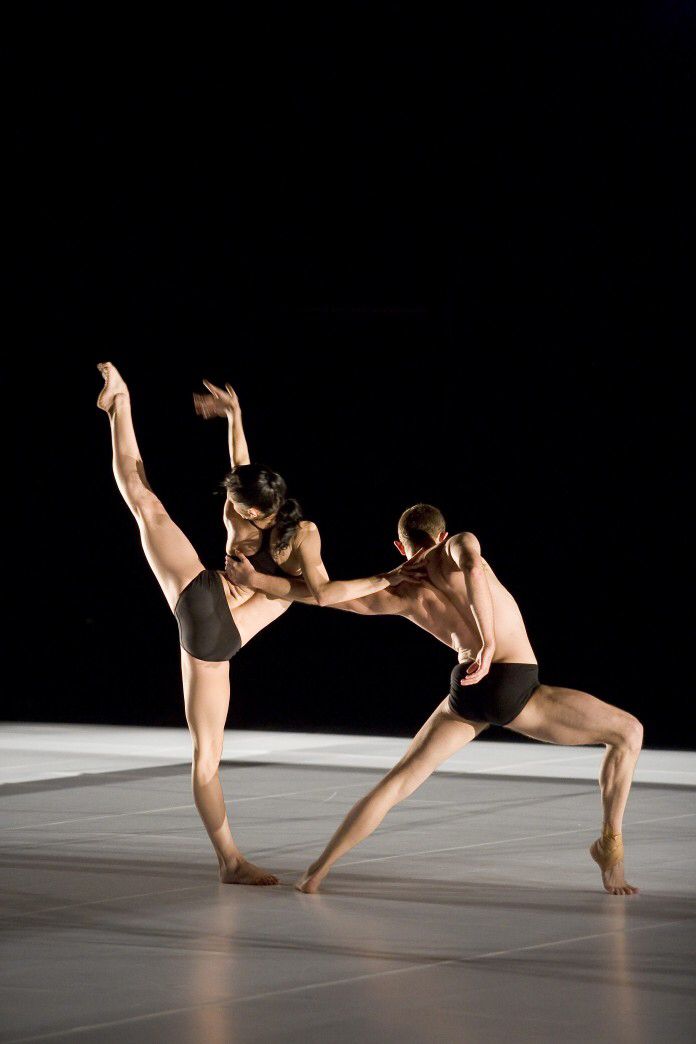 In this playlist you will find several lessons with analysis of twerk movements.
In this playlist you will find several lessons with analysis of twerk movements.
How to learn to dance ballroom dancing
Waltz
vimbly.comAt least once in your life you will surely need a waltz. Moreover, it is not so difficult to dance it at an amateur level.
Here are four good lessons that will teach you how to hold your hands and do the basic waltz steps in pairs or individually.
How to learn to dance social dances
Social dances are not designed for competition, but for communication between partners and enjoyment. Improvisation is welcome here, through which the dancer can express himself, his feelings and emotions.
Bachata
pinterest.comThis dance comes from the Dominican Republic. He is very sensual and sometimes erotic. The basis of bachata is four steps with an emphasis on the last one. In the dance, there are rotations and throws of the partner, small lifts.
Despite the fact that bachata is a pair dance, solo combinations can also be taught. For example, if you don't have a partner yet.
In the video below - an overview of the main steps. Where to transfer body weight, how to hold hands, how to focus - everything is told in the most detailed way.
And here is a variation of bachata from the same teacher.
Below is a playlist for those who want to dance bachata in pairs. These are Dominican bachata lessons from the Imagine dance school.